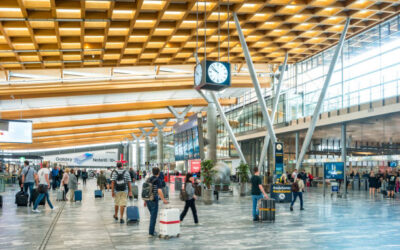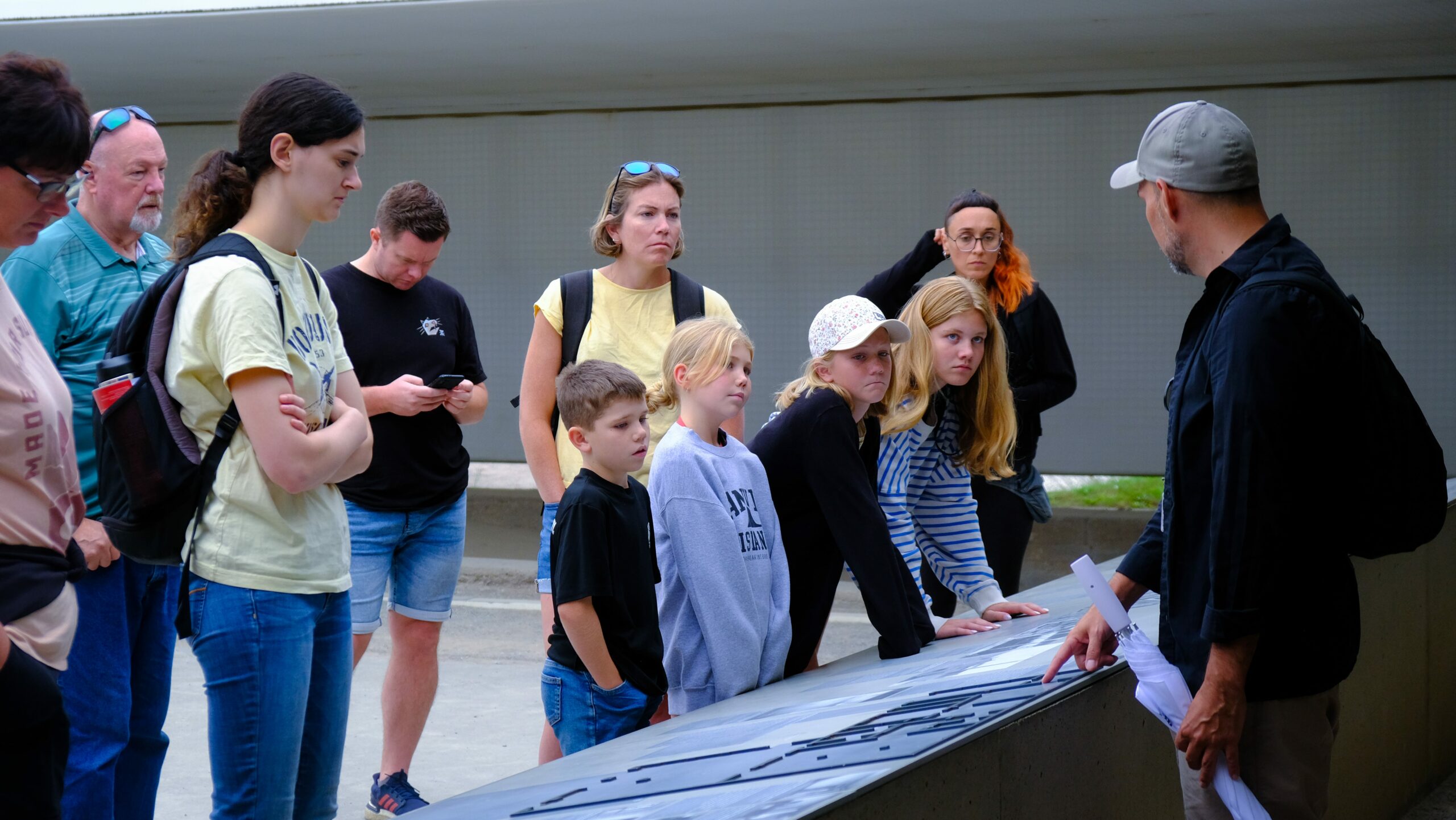A visit to Oslo’s wartime memorials is not typical sightseeing – it’s an act of remembrance. Go with humility, clear intentions, and the goal of understanding what happened in occupied Norway (1940–45). Below you’ll find where to go, what you’ll learn at each place, and a suggested route you can complete in half a day (with powerful add-ons if you have more time).
Key places to visit (what you’ll see & learn)
1) Akershus Fortress area (city center)
Norway’s Resistance Museum (Norges Hjemmefrontmuseum)
Inside the fortress, this museum follows the occupation year-by-year with photos, documents, objects and eyewitness material. You’ll learn how resistance formed, everyday life under occupation, sabotage operations, and the cost borne by civilians.
Deportation Memorial at Akershusstranda (“Sted for erindring”)
Just outside the fortress wall, eight empty steel chairs face the Oslofjord—placed where the first mass deportation left Oslo. From here 529 Jews were forced aboard the ship DS Donau (26 Nov 1942); in Feb 1943 another 158 were sent from Filipstadkaia on Gotenland. Only 35 deportees survived. The work, by artist Antony Gormley, invites quiet reflection on those who were taken and those left waiting.
2) Oslo Jewish Museum (Jødisk museum i Oslo) – Calmeyers gate
Set in a former synagogue, the museum preserves and presents Jewish life in Norway—before, during, and after the Holocaust. Exhibits ground the statistics in family histories, photographs, ritual objects and testimonies. Outside, look for the first Stolpersteine (snublesteiner) laid in Norway in 2010, each brass stone naming a victim at their last freely chosen address.
3) The Norwegian Center for Holocaust & Minority Studies (HL-senteret) – Villa Grande, Bygdøy
Housed in Villa Grande, wartime residence of collaborationist leader Vidkun Quisling, the center’s exhibitions explain the Holocaust in Norway, the mechanics of persecution and deportation, and how minority rights and democracy are safeguarded today. The building’s history adds sobering context to the galleries.
4) Snublesteiner (Stolpersteine) across the city
As you walk Oslo’s neighborhoods, you’ll notice small brass cobblestones engraved with names and dates. Each marks a person deported and murdered. The project is coordinated locally by the Oslo Jewish Museum and artist Gunter Demnig; as of 2020 there were nearly 400 stones in Oslo (and growing). Pause, read the names, and remember.
Optional day-trip extensions (near Oslo)
-
Grini Prison Camp Museum (Bærum/Østerås) – Norway’s largest wartime prison camp site. Exhibits cover who was imprisoned, conditions, and the camp’s place in the occupation system. (Check seasonal hours before you go.)
-
Trandum Forest Memorial (Trandumskogen, near OSL airport) – Execution site where 173 Norwegians, 15 Soviet prisoners and 6 Britons were shot and buried. Today it’s a national memorial with marked graves and name lists.
A respectful half-day route (walk + short transit)
- Start at Akershus Fortress: Tour the Resistance Museum, then exit to the waterfront lawn for the Deportation Memorial. Read the inscriptions and spend a few quiet minutes facing the fjord.
- Walk or tram to the Oslo Jewish Museum: Explore the galleries and the courtyard; step outside to find nearby Stolpersteine and read the names.
- Head to Bygdøy for HL-senteret (Villa Grande): A short bus/ferry + walk brings you to the Holocaust Center in Quisling’s former residence. Finish your visit here and take time in the garden before returning to town.
Have a full day? Add Grini Museum in the morning or Trandum Forest if you’re arriving/leaving via Oslo Airport.
How to prepare (so the visit is meaningful)
-
Arrive informed: Read a short overview of the Holocaust in Norway and the 1942–43 deportations; it will help you connect the sites and dates you’ll encounter.
-
Mind your language: Say “people were murdered,” not “died.” Center victims and survivors.
-
Photography: Allowed in many places, but keep it discreet; avoid posed or playful shots at memorials.
-
With teens: Discuss context before/after. Consider pairing museum visits with a memorial walk to see names and addresses on snublesteiner.
-
Practicalities: Many sites include outdoor areas – dress for weather and wear comfortable shoes.
What you’ll take away
-
Historical understanding: How deportations from Oslo were organized, who participated, and what resistance looked like.
-
Human stories: Names and everyday traces—family homes, synagogue life, personal belongings—replace abstractions with individuals.
-
Civic lessons: Why remembrance, minority protection, and rule of law matter—framed by HL-senteret’s contemporary focus on democracy and minorities.


